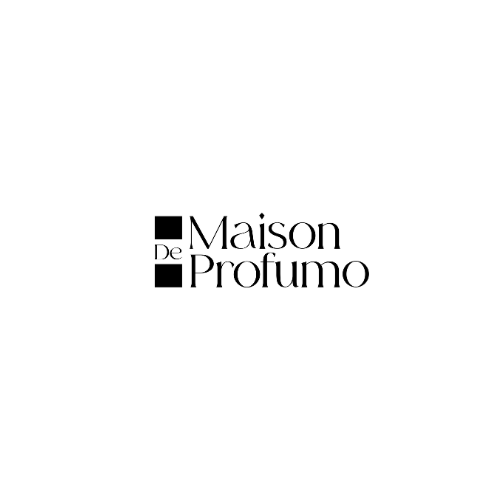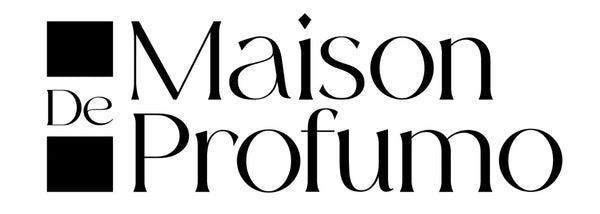"Mastering Perfume Bottle Design: Art, Functionality, and Trends"
Share
Introduction
Perfume bottle design is a fascinating blend of art and science, combining aesthetics, functionality, and brand identity. This guide explores the intricacies of perfume bottle design, covering everything from historical evolution to modern trends and sustainable practices.
Perfume Bottle Design
1. Historical Evolution of Perfume Bottles
Ancient Beginnings
-
Early Civilizations:
- Egyptians used alabaster and stone jars.
- Greeks and Romans used glass and ceramic containers.
-
Medieval Period:
- Perfumes stored in ornate, hand-blown glass bottles.
- Use of precious metals and gemstones for decoration.
Modern Evolution
-
19th Century:
- Introduction of mass production techniques.
- Emergence of branded perfume bottles.
-
20th Century to Present:
- Influence of Art Deco and modernist movements.
- Rise of designer perfume bottles as a form of art.
2. Key Elements of Perfume Bottle Design
Aesthetic Appeal
-
Shape and Form:
- Classic shapes: round, oval, and square.
- Innovative designs: abstract and sculptural forms.
-
Color and Transparency:
- Use of clear glass to showcase the perfume.
- Colored glass and coatings for visual impact.
Materials and Craftsmanship
-
Glass:
- Hand-blown vs. machine-made.
- Types of glass: clear, colored, frosted.
-
Additional Materials:
- Metals: gold, silver, and platinum accents.
- Plastics and resins for modern designs.
3. Functional Aspects of Bottle Design
Usability
-
Dispensing Mechanisms:
- Spray nozzles and atomizers.
- Rollerballs and droppers.
-
Ergonomics:
- Ease of handling and application.
- Stability and balance of the bottle.
Preservation
-
Sealing and Closure:
- Screw caps, snap-on caps, and pump mechanisms.
- Ensuring airtight seals to prevent evaporation.
-
Light Protection:
- UV-resistant coatings.
- Opaque materials to protect light-sensitive ingredients.
4. Branding and Identity in Bottle Design
Symbolism and Storytelling
-
Brand Identity:
- Reflecting the brand’s ethos and values.
- Aligning with the fragrance’s theme and story.
-
Cultural Significance:
- Incorporating cultural elements and motifs.
- Regional influences on design aesthetics.
Customization and Personalization
-
Limited Editions:
- Unique designs for special releases.
- Collaborations with artists and designers.
-
Personalized Bottles:
- Custom engraving and monogramming.
- Personalized labels and packaging.
5. Trends and Innovations in Perfume Bottle Design
Sustainable Practices
-
Eco-friendly Materials:
- Recycled glass and biodegradable plastics.
- Sustainable sourcing of raw materials.
-
Refillable Bottles:
- Designing bottles for easy refilling.
- Encouraging reuse and reducing waste.
Technological Advancements
-
Smart Bottles:
- Integration of NFC and RFID technology.
- Interactive and connected features.
-
3D Printing:
- Customization and rapid prototyping.
- Complex and intricate designs.
Detailed Exploration of Key Elements
Historical Evolution of Perfume Bottles

Perfume bottles have evolved significantly over the centuries, reflecting changes in technology, culture, and artistic trends. In ancient times, perfumes were stored in simple, functional containers made from materials like alabaster and stone. The Greeks and Romans introduced glass and ceramic containers, adding an element of artistry to the utilitarian function of perfume storage.
During the medieval period, perfume bottles became more ornate, often decorated with precious metals and gemstones. The 19th century saw the advent of mass production techniques, allowing for the widespread availability of branded perfume bottles. In the 20th century, design movements such as Art Deco influenced the aesthetics of perfume bottles, leading to the creation of iconic designs that are still celebrated today.
Key Elements of Perfume Bottle Design
Aesthetic Appeal
The visual appeal of a perfume bottle is crucial in attracting consumers and conveying the essence of the fragrance it contains. Designers play with shapes and forms to create bottles that stand out on store shelves. Classic shapes like round, oval, and square are timeless, while innovative designs often feature abstract and sculptural forms that push the boundaries of traditional bottle design.
Color and transparency also play a significant role. Clear glass is often used to showcase the perfume's color and purity, while colored glass and coatings add visual interest and can evoke certain emotions or themes. Frosted glass provides a sophisticated, matte finish that can enhance the perceived value of the fragrance.
Materials and Craftsmanship
The choice of materials and the level of craftsmanship involved in creating a perfume bottle can greatly influence its final look and feel. Hand-blown glass bottles are highly prized for their unique characteristics and artisanal quality, while machine-made bottles offer consistency and cost efficiency. Different types of glass, such as clear, colored, or frosted, provide designers with a wide range of creative possibilities.
In addition to glass, other materials like metals (gold, silver, platinum) and plastics or resins are used to enhance the bottle’s design. These materials can be used for accents, caps, or even the entire bottle, depending on the desired aesthetic and functional properties.
Functional Aspects of Bottle Design
Usability
A well-designed perfume bottle not only looks beautiful but is also easy to use. Various dispensing mechanisms, such as spray nozzles, rollerballs, and droppers, are employed to ensure a convenient application. The ergonomics of the bottle, including its shape and balance, play a crucial role in usability, making sure that it is comfortable to hold and stable when placed on a surface.
Preservation
Preserving the quality of the perfume is another critical aspect of bottle design. This involves ensuring airtight seals through well-designed caps and closures, which prevent evaporation and contamination of the fragrance. UV-resistant coatings and opaque materials are used to protect light-sensitive ingredients from degradation, ensuring that the fragrance remains true to its original composition.
Branding and Identity in Bottle Design
Symbolism and Storytelling
Perfume bottles serve as a physical representation of a brand's identity and the story behind the fragrance. Designers work to create bottles that reflect the ethos and values of the brand, aligning with the fragrance's theme and narrative. This might involve incorporating cultural elements, motifs, or regional influences that resonate with the brand's heritage and target audience.
Customization and Personalization
Customization and personalization are growing trends in the perfume industry. Limited edition bottles, often released for special occasions or collaborations, feature unique designs that add an element of exclusivity. Personalized bottles, which can include custom engraving, monogramming, or bespoke labels, offer consumers a unique and personal connection to their fragrance.
Trends and Innovations in Perfume Bottle Design

Sustainable Practices
Sustainability is becoming increasingly important in perfume bottle design. Designers are exploring eco-friendly materials such as recycled glass and biodegradable plastics, and sourcing raw materials sustainably. Refillable bottles are another innovative approach, encouraging consumers to reuse their bottles and reduce waste, aligning with the growing demand for environmentally responsible products.
Technological Advancements
Technological advancements are also shaping the future of perfume bottle design. Smart bottles equipped with NFC or RFID technology offer interactive and connected features, enhancing the consumer experience. 3D printing allows for rapid prototyping and the creation of complex, intricate designs that were previously difficult to achieve through traditional manufacturing methods.
Tables and Bullet Points for Enhanced Readability
Historical Evolution
| Era | Key Developments |
|---|---|
| Ancient Beginnings | Alabaster and stone jars |
| Medieval Period | Ornate, hand-blown glass bottles |
| 19th Century | Mass production, branded bottles |
| 20th Century | Art Deco influence, designer bottles |
Key Elements of Bottle Design
-
Aesthetic Appeal:
- Shape and Form: Classic and innovative designs.
- Color and Transparency: Clear, colored, and frosted glass.
-
Materials and Craftsmanship:
- Hand-blown vs. machine-made glass.
- Use of metals and plastics for accents.
Functional Aspects
-
Usability:
- Dispensing mechanisms: Spray nozzles, rollerballs, droppers.
- Ergonomics: Comfort and stability.
-
Preservation:
- Sealing and closure: Airtight seals.
- Light protection: UV-resistant coatings, opaque materials.
Branding and Identity
-
Symbolism and Storytelling:
- Reflecting brand ethos and values.
- Cultural elements and motifs.
-
Customization and Personalization:
- Limited editions and special releases.
- Custom engraving and monogramming.
Trends and Innovations
-
Sustainable Practices:
- Eco-friendly materials and sustainable sourcing.
- Refillable bottles.
-
Technological Advancements:
- Smart bottles with NFC/RFID.
- 3D printing for complex designs.
Conclusion
Perfume bottle design is a multifaceted discipline that combines art, functionality, and branding. By understanding the historical evolution, key elements, functional aspects, and emerging trends, one can appreciate the complexity and creativity involved in creating these miniature works of art. This comprehensive guide provides a detailed overview of the art of perfume bottle design, ensuring a deep understanding of its various facet.

